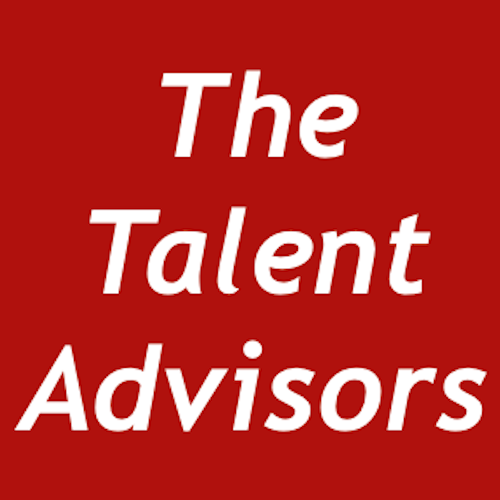LEADER AS STRATEGIST
This article is part of our Insights For Action series. Join the mailing list to receive this and more.
Strategy is one of those terms that arises constantly when working with executives or guiding potential board directors. It helps to unpack the different facets of being strategic and the ‘what’ and the ‘how’ of strategy.
How do you develop the capabilities and mindset that coalesces the development of a strategic destination with the best pathway to get the organisation where it needs to be?
Strategic leadership is fundamentally about intentional choice, difference and advantage taken at the right or chosen time, to uplift the organisation to the next level. It is as much about deciding what not to do and being alert to signals or noise, as it is about what will be done.
It differs from the operational in that it is concerned with the scope of the company’s activities, creating organisational capacity to grasp options when the time is right or when the company chooses, seeing the business as interdependent and interconnected; it is future focused (strategic horizon), integrating short-term results with long-term vision; and of course a responder or driver of change.
The ‘leader as strategist’ fine-tunes applying strategic thinking to strategic process and strategic choices; then links back to the core purpose for the management of transformational change. It is a systems perspective. Buy-in happens by communicating the strategic direction and rationale time and time again, as what is obvious to some may not be obvious to others.
Companies have two audiences - the marketplace and their own employees - each with different expectations, interests and power. Culture is at the core of strategic leadership and the tone resonates from the senior executive team – its agenda and its dialogue with teams. There is a real effort on getting clarity around purpose, processes and people – and the synergies.
The Different Facets Of A Leader As Strategist
Strategic thinking requires discovering a future substantially different from the present. It incorporates a systems perspective, it is intent-focused; it involves thinking in time horizons, it is outside-in, is hypothesis-driven, is conceptual and is intelligently opportunistic. It involves how a leader takes up their role, being less parochial and seeing the business more as a connected system, where one function’s outputs are another’s inputs and leadership spans various boundaries.
Strategic review draws on constructive questioning and suggestion; to apply business acumen and awareness of the unintended consequences of certain actions; to use analytical skills; to plan as well as ‘do’; to know when to change or innovate; to identify the tipping point.
Strategic observation is seeing around the next corner, seeing from the balcony, seeing from amongst the dance floor, viewing with insight, hindsight or foresight or seeing what is happening beside, above or below.
Strategic questioning can put a new perspective on prevailing mindsets or reframe problems to uncover hidden biases and assumptions. In addition to ‘who,’ ‘what,’ and ‘why’ questions, it helps to ask ‘is this information complete?’ ‘what is the supporting evidence?’ ‘whose voice is missing?’ ‘who is the strategy stakeholder’ ‘what are the options?’ and ‘what is the culture or people impact?’ Ask follow-up and open-ended questions to add links to the chains of inquiry. Consider the counterintuitive of conventional thinking.
Strategic execution and motivation pays attention to what will make this happen, what needs to change. what needs to be developed and the alignment with culture and organisational capability. Understanding underlying motivators helps people connect what they do to the identified strategic levers, collaborate across silos or functions, support customers and stakeholders while building new skills and capabilities.
Strategic builder looks at how to build on or develop organisational strengths such as improving the customer value proposition or talent development or execution capability, brand management or shaping the environment or being proactive about pending changes.
Strategic translator helps others understand and apply the strategy into the everyday, based on clarity of the strategic message, what the strategy is and is not, and what it takes to succeed. There needs to be transparency and consistency with resource allocation, funding, personal goals and rewards.
Strategic time-frames and tipping points indicate when to change or innovate. The time orientation (past, present or future) or its hue (positive or negative) is important for analysis and decision making. The strategic horizon is future focused while integrating short-term results with the long-term plan.
Strategic problem identification involves deciding on the 3-4 problems the organisation needs to solve in order to achieve the greatest qualitative or quantitative impact.
Strategic influence by using reputation, conversations, introductions and content in driving growth and achieving objectives. From boardroom to direct reports to teams to stakeholders, influence is effectively and ethically used to help others understand, design and implement strategic direction and actions.
Strategic role-model sets an example by using words and behaviours consistent with good leadership and the building of capabilities, generally and related to the strategy and transformation process.
Reading Lists
Copyright and All Rights Reserved | About Dianne Jacobs | Discover how to get On Boards or Next Level | Join the Mailing List Discover the support we offer new and aspiring director




